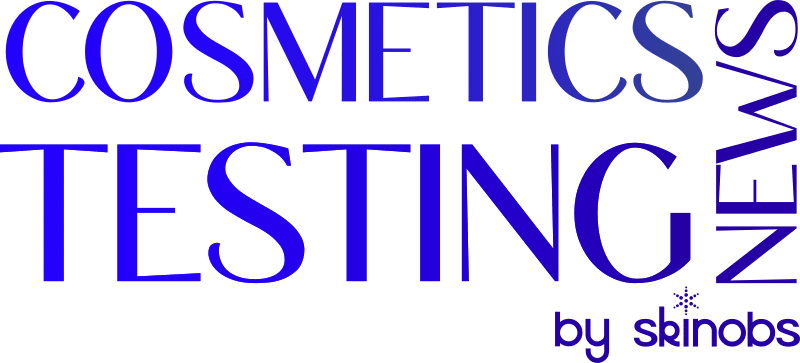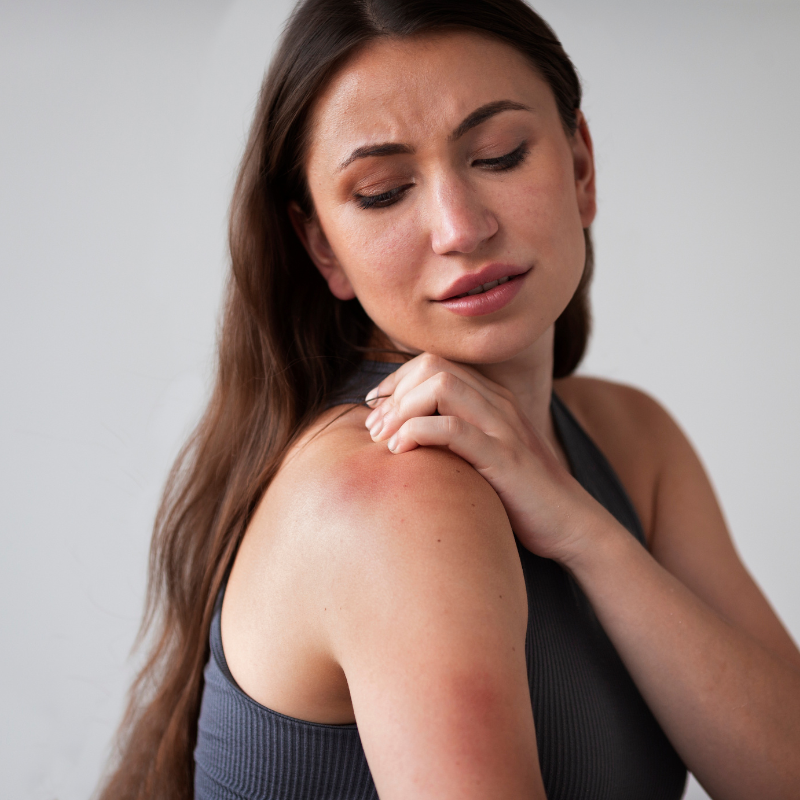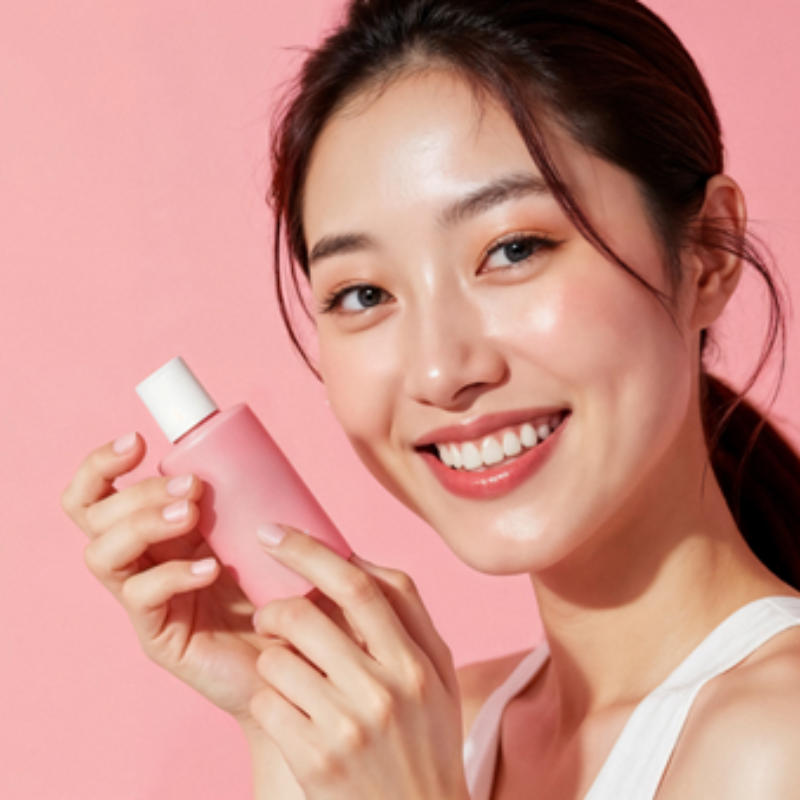The rise of personalized cosmetics reflects a major shift in consumer expectations: products tailored to individual needs and preferences. However, this customization brings a scientific challenge — how to ensure safety and efficacy when formulas are unique and often produced in small batches?
Traditional testing protocols must evolve to meet the demands of custom formulations.
The Challenges of Personalization in Cosmetics
Personalized products vary depending on:
- Skin type (sensitive, dry, oily, combination).
- Targeted concerns (anti-aging, hydration, blemishes).
- Individual preferences (texture, actives, fragrance).
👉 Each variation may impact safety and performance, making adapted testing essential.
Adapting Safety Evaluation
1. Raw Material Assessment
Each ingredient used in personalization requires a toxicological assessment:
- Maximum allowed concentrations.
- Identification of potential allergens.
- Safety margins calculated across possible combinations.
2. Skin Tolerance Testing
For customized products, tolerance must be confirmed through:
- In vitro models such as reconstructed skin.
- Targeted clinical studies on sensitive skin panels.
👉 The goal: ensure all combinations remain safe and well-tolerated.
Adapting Efficacy Evaluation
1. Defining Flexible Objectives
Efficacy testing should align with the personalized benefits claimed: hydration, radiance, anti-aging, sebum regulation, etc.
2. Choosing Adaptable Protocols
- Use of standard instrumental tests (hydration, elasticity, evenness).
- Development of shorter, flexible protocols suited to small-batch testing.
- Statistical approaches to validate the performance of formula ranges rather than single products.
Key Challenges in Personalized Cosmetics
- Formula variability → difficulty in standardizing protocols.
- Small-scale production → limited sample availability.
- Regulatory requirements → safety and efficacy must be demonstrated regardless of customization.
Conclusion
Personalized cosmetics represent the future of the beauty industry, but they require adapted testing protocols to ensure both safety and efficacy.
The solution lies in flexible and modular methodologies that balance scientific rigor with regulatory compliance.
| Category | Standard Tests | Adapted Tests for Custom Formulas | Objective |
|---|---|---|---|
| Ingredient Assessment | Verification of raw materials for a single product | Evaluation for each possible ingredient and all combinations | Ensure safety and tolerance for all variants |
| Skin Tolerance | Tests on a standard panel | Flexible in vitro and clinical tests depending on skin type and formula | Confirm no irritation or allergy |
| Efficacy | Single protocol for standard claims | Flexible protocols for each personalized benefit (hydration, anti-aging, tone, sebum) | Validate performance for each unique formula |
| Overall Assessment | Final product review | Global assessment accounting for variability and formula combinations | Ensure safety and regulatory compliance |
Want to stay informed on the latest methods for testing custom and personalized cosmetic formulations?
➡️ Visit Skinobs for expert insights and industry updates.





